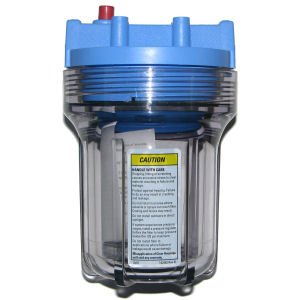I recieved a call from a man in Saskatchewan asking me about a home water filter he wanted to buy for his parents. Back around 2020 I took a 90 degree turn in my career and began to focus on drinking water. While I am still in demand as an expert in the industrial arena, the constant and every growing reports about Americans being poisoned by their water drew me into the drinking water filter arena. For the longest time, I didn’t spend a lot of time in the home filtration arena, because honestly, up until this point, the technology has been mostly tried-and-true technologies with very little new developments other than packaging, perhaps. although I enjoy reviewing technology and have interest in how this industry matures and advances. Sadly, a lot of sound water engineering principles get left behind when it comes to home equipment. Even more disappointing is that most of the professionals promoting, selling and installing home water systems generally have little or no scientific training other than reading the product literature and talking points.

Filter housings that are transparent present a health risk to the consumer. Many dangerous organisms are photosynthetic and are stimulated to grow and proliferate upon contact with sunlight. Clear housings aid technicians to decide if their process solutions are getting dirty. These are not suitable for drinking water.
That said, I decided to start an occasional series of tips for home water treatment systems. Today’s lesson is about filter housings. Home water technology companies, like Hahn, for example, like to use clear plastic filter housings. The feeling is that clear housings allow you to see if the filter is dirty or plugged. RED FLAG! Avoid clear plastic filter housings for home water systems. The reason is simple. Organisms, including bacteria, viruses, mold, fungi, algae, yeast and molds are largely photosynthetic. Light stimulates them to grow and proliferate. If you have clear plastic filter housings in your system, do yourself a favor and replace them with opaque housings. This will help keep the growth of undesirable organisms down to a minimum.







